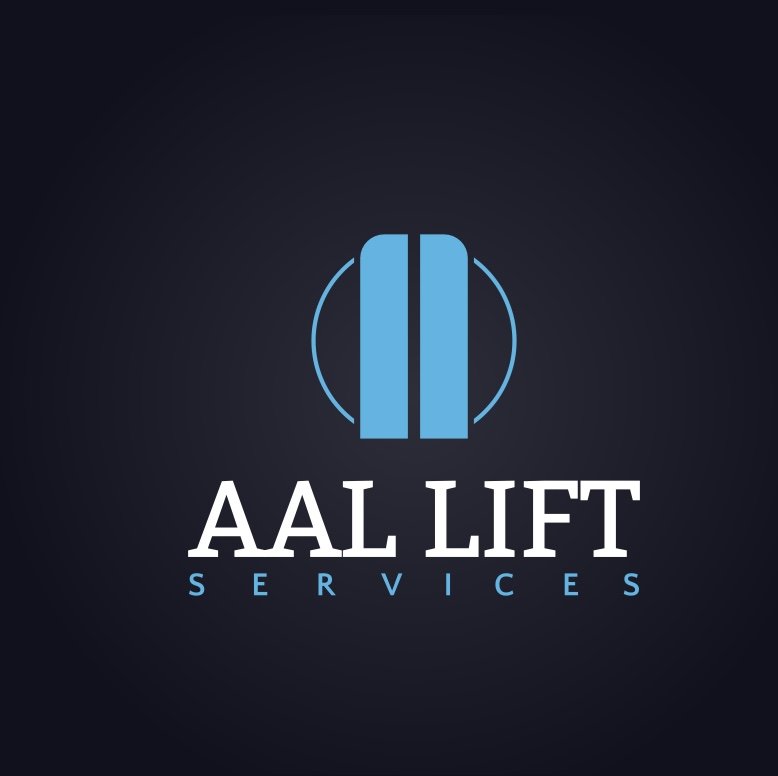Disability Lifts
Disabled lifts, often referred to as wheelchair lifts or platform lifts, are designed to provide accessibility for individuals with mobility challenges. These lifts are used in various settings, including homes, public buildings, and commercial spaces, to allow people with disabilities to navigate between different levels. Here are some key points about disabled lifts:
Types of Disabled Lifts
Vertical Platform Lifts (VPL)
These lifts move vertically between floors and are often used for shorter height differences.
Inclined Platform Lifts
Installed along staircases, these lifts move along an incline and are suitable for buildings with limited space.
Step Lifts
Specifically designed for negotiating single steps or small changes in level, these lifts are commonly used in homes or public places.
Application
Disabled lifts are installed to provide accessibility for wheelchair users and individuals with mobility impairments.
They can be found in public buildings, schools, shopping centers, hospitals, residential homes, and various other locations.
Regulations and Standards
Installation and use of disabled lifts are subject to building codes and accessibility standards to ensure the safety and convenience of users.
Compliance with regulations, such as the Americans with Disabilities Act (ADA) in the United States or similar standards in other countries, is essential.
Features
Platform Size: Disabled lifts come in various platform sizes to accommodate different wheelchair dimensions.
Safety Features: These lifts are equipped with safety features like handrails, non-slip surfaces, emergency stop buttons, and safety sensors to prevent accidents.
Remote Controls: Many lifts come with remote controls for independent operation by the user.
Installation
Disabled lifts can be installed both indoors and outdoors, depending on the specific requirements of the building.
Professional installation is crucial to ensure the lift meets safety standards and operates reliably.
Maintenance
Regular maintenance is essential to keep disabled lifts in good working condition. This includes inspections, lubrication, and addressing any issues promptly.
Cost Considerations
The cost of a disabled lift can vary based on the type, features, and installation requirements. It's important to consider both the initial cost and long-term maintenance expenses.
When considering a disabled lift for a particular location, consulting with accessibility experts or lift professionals is recommended. They can assess the specific needs of the users and the building, ensuring that the chosen lift meets safety standards and provides effective accessibility solutions.
